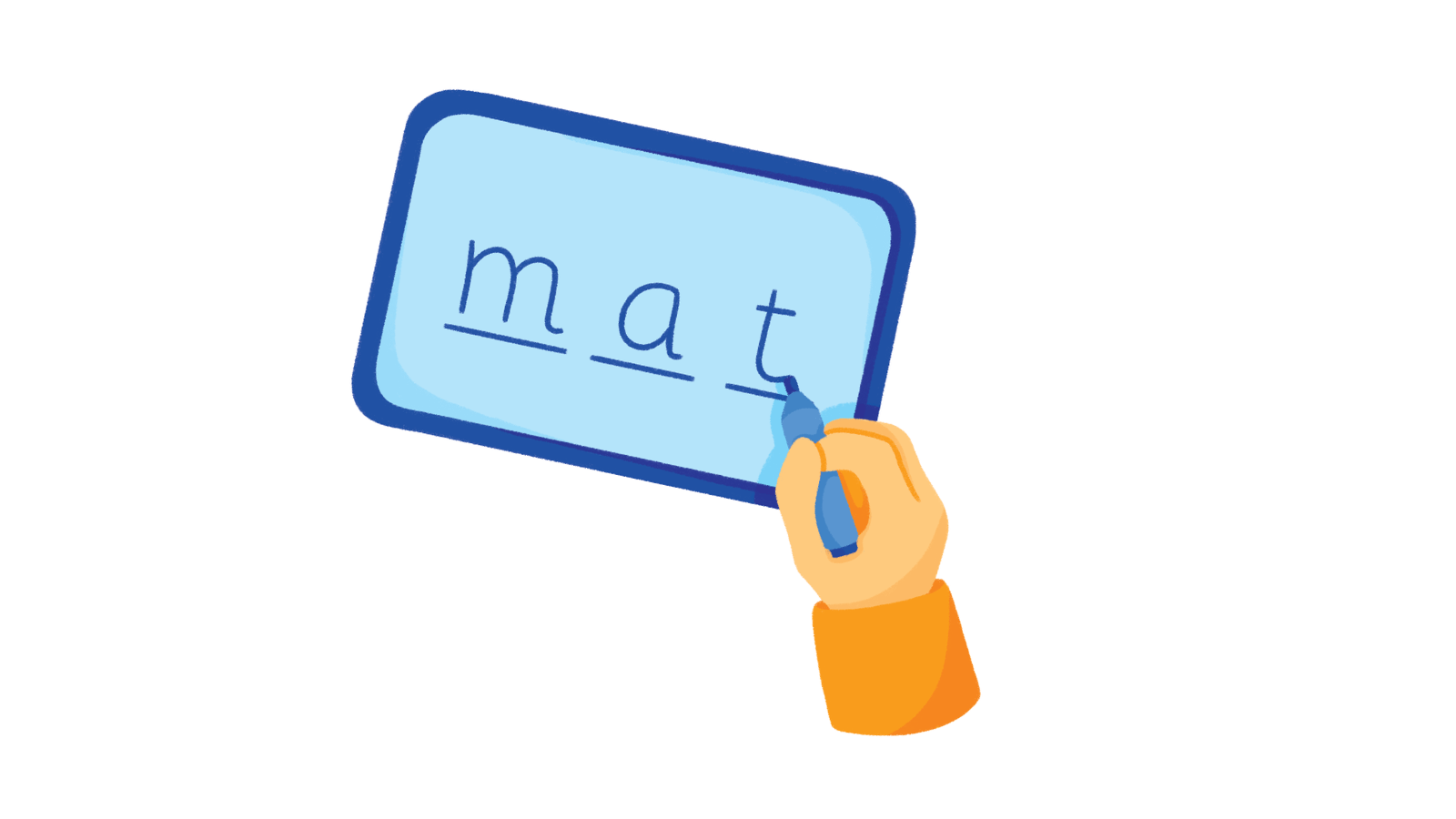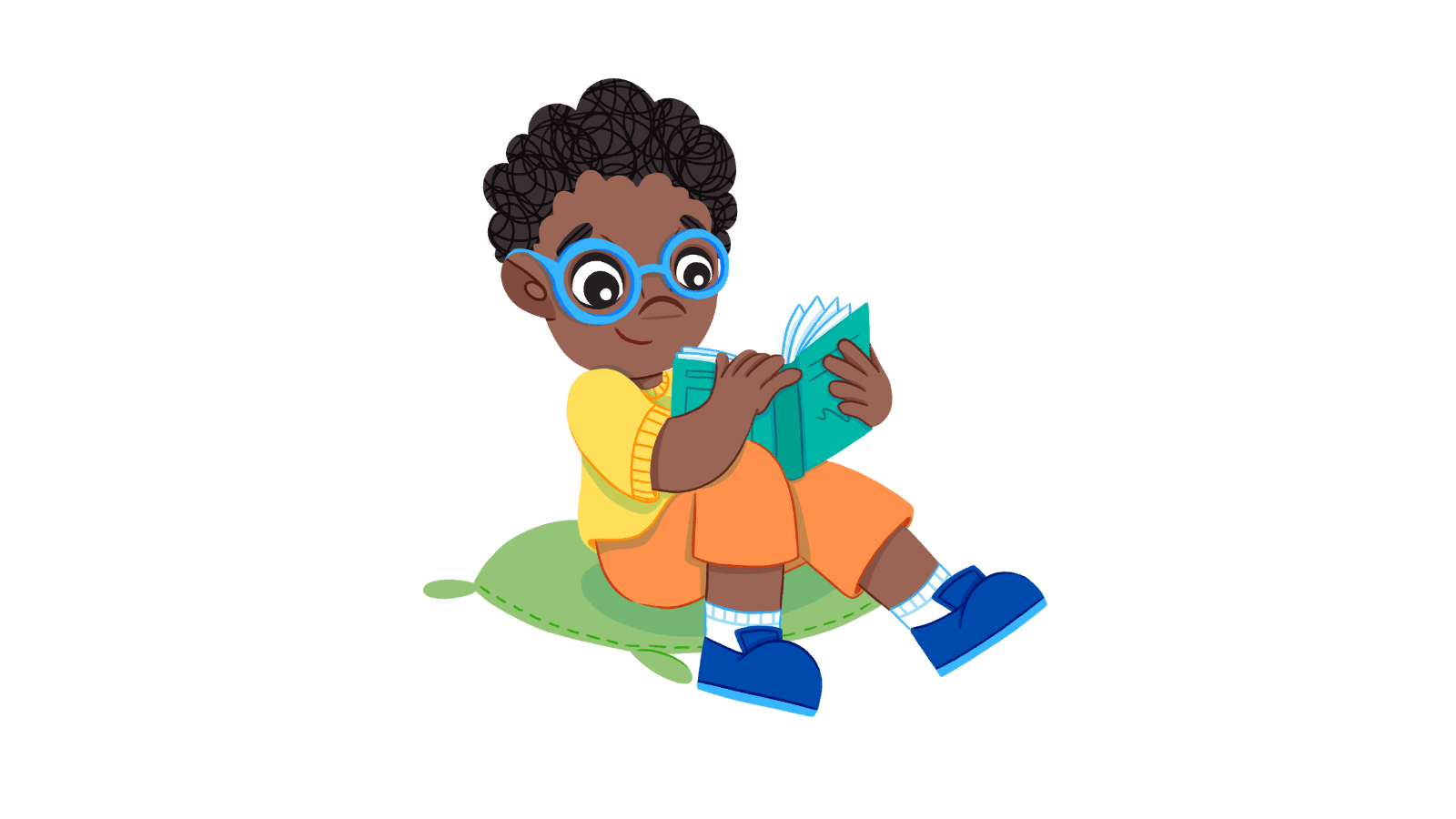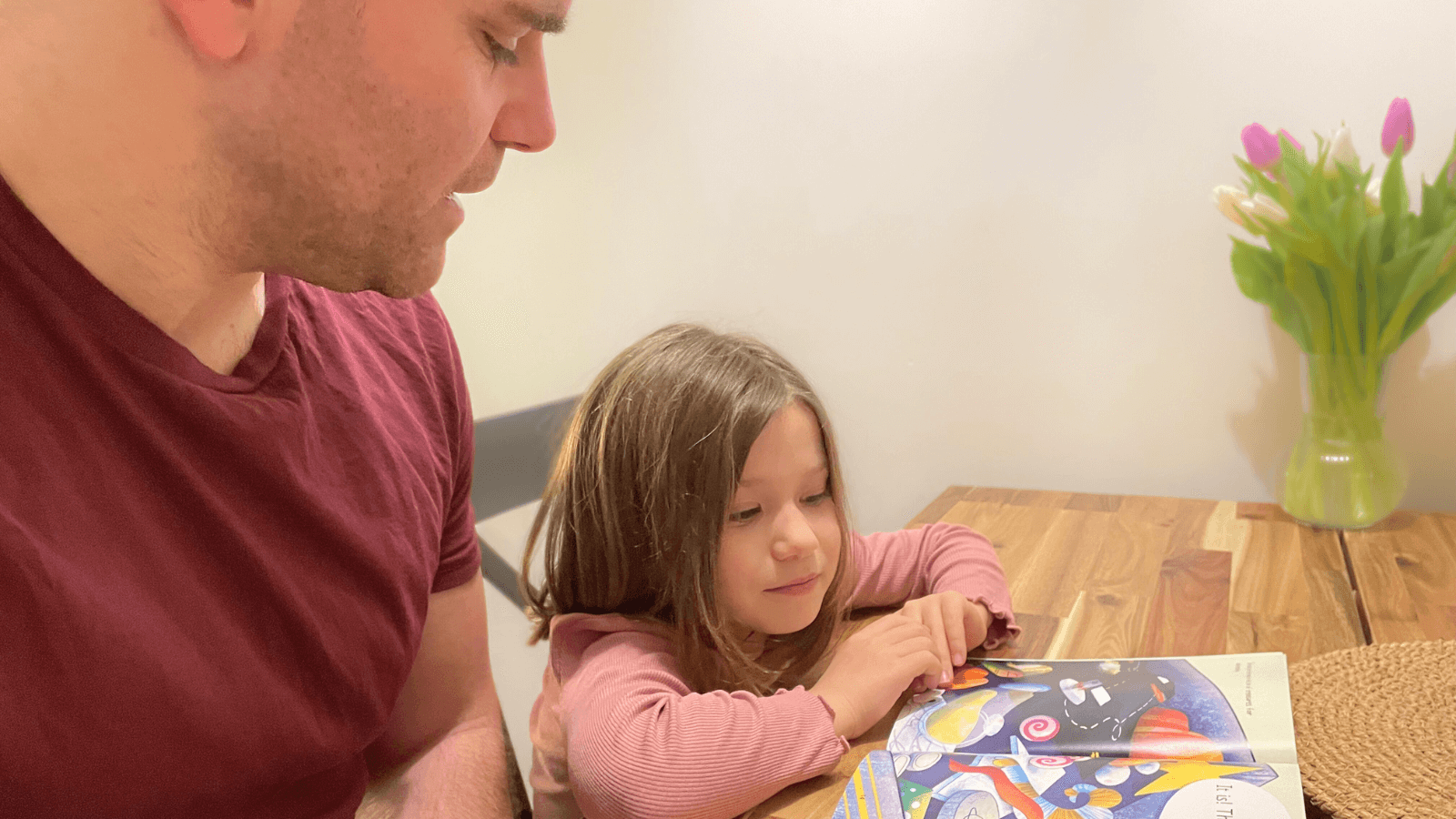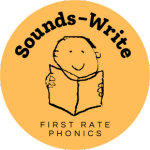When choosing resources to support early reading, educators often face a key decision: decodable readers vs levelled readers. While both offer structured experiences for beginning readers, the path they build toward literacy is vastly different.
In this blog, we’ll compare how these approaches affect children’s decoding skills, reading confidence, and long-term literacy outcomes—through the lens of the science of reading and phonics-based instruction.
What are decodable readers?
Decodable books are crafted to align with the phonics-based reading approach. They contain only the sound-spelling correspondences that have already been explicitly taught in class—along with a handful of taught high-frequency words. This structure allows children to apply what they’ve learned and actively decode words, rather than guess.
Let’s say Sara has learned the sounds /a/, /i/, /m/, /s/, /t/. She can now read simple words like mat, sat, and it. Decodable readers allow her to practise blending, segmenting, and phonemic awareness in a meaningful, story-based context.
Benefits of decodable readers:
- Structured literacy practice
- Strengthens segmenting and blending skills
- Builds decoding fluency through repetition
- Avoids reliance on guessing or whole-word memorisation

What are levelled readers?
Guided reading books, often called levelled readers, are grouped by supposed reading “levels.” For instance, a particular set of books might feature repetitive patterns and vivid illustrations—but they’re not controlled for phonics.
Here’s an example line: “The wheels on the ___ go round and round.” Only one word changes per page, and readers often rely on picture clues to guess the missing word. These texts encourage children to memorise patterns and “read” by identifying whole words and visual cues.

Limitations of levelled readers:
- Prioritise whole word recognition over decoding
- Depend on pictures instead of phonics instruction
- Reinforce guessing strategies
- Limited opportunity to practise decoding in context
Repetition: helpful or harmful?
Repetition exists in both types of texts—but in decodable readers, it’s the right kind of repetition.
- Levelled readers repeat whole words for memorisation
- Decodable readers repeat sound-spelling correspondences for mastery
This difference matters. Controlled texts provide repetition with purpose: practising phonemic manipulation, strengthening common connections, and guiding children to read with accuracy.
Why decodable books are more effective
Research aligned with the science of reading shows that decoding—rather than guessing—builds fluent reading. Decodable readers reinforce this by allowing children to apply phonics skills directly and confidently.
Students practise:
- Sound-symbol correspondence
- Segmenting and blending
- Phonics-based reading in real words and sentences
- Reading with growing independence

Final thoughts
If your goal is to empower children to become confident readers—not guessers—decodable texts are the clear winner. They lay the foundation for decoding fluency, comprehension, and reading success, one sound-spelling correspondence at a time.
Let’s move beyond guessing games and picture clues. Choose decodable books—and choose literacy growth.
Focus on reading: discussion questions for practitioners
- How do my current reading materials support or hinder students’ ability to apply phonics knowledge?
- In what ways might levelled readers in my classroom be reinforcing guessing strategies instead of decoding?
- Am I intentionally choosing texts that align with what students have been explicitly taught in phonics lessons? Is there a lag between what I’ve taught and what I ask students to read to provide time for consolidation and opportunities for spaced practice?
- How do I support students who struggle with decoding—do I default to levelled readers, or do I scaffold their success with controlled, decodable texts?
- What role does repetition play in the texts I use—and is it reinforcing phoneme-grapheme mastery or memorisation of whole words?
Join the Sounds-Write programme
Sounds-Write is a structured, evidence-based phonics programme that empowers educators to confidently teach reading and spelling. You’ll gain practical training, engaging resources, and join a global community committed to driving real literacy progress.
You may also like
Author Q&A: The Vision Behind The Outdoor Adventures Decodable Series
At Sounds-Write, we’re passionate about creating high-quality, age-appropriate resources that support structured literacy and empower every learner. In this Q&A, we speak with Moira Ruff, author of The Outdoor Adventures, part 1 & part 2, our newest series of...
Illustrator Q&A: Bringing the Outdoor Adventures to Life Through Art
Behind every great story is a visual world that helps readers connect, imagine, and learn—and in The Outdoor Adventures series part 1 & part 2, that world is brought to life through the expressive work of illustrator Emma Pringle. With a lifelong passion for...
MTSS vs. RtI: What’s the Difference—and Why It Matters
At this year’s Sounds-Write Symposium, Mandy Nayton, CEO of DSF in Western Australia, delivered a keynote that brought clarity to a question many educators grapple with: What’s the difference between MTSS and RtI—and does it really matter?Spoiler alert: Yes, it does....




